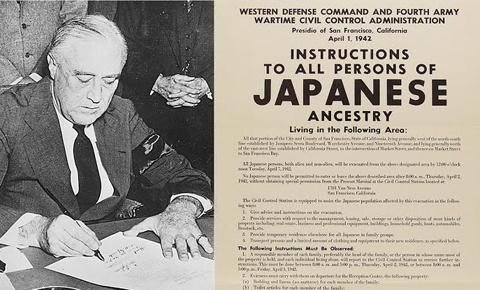
The Bush Doctrine relates to the Truman Doctrine in the fact that it states that the US will help to fight against a certain group that they see as dangerous, Bush fighting terrorism and Truman fighting communism.
The Truman Doctrine Summary: During Harry Truman's address to a joint session of Congress in which he introduces the Truman Doctrine, Truman first states the problems facing Greece and Turkey, elaborates on what complicates these problems, and finally suggests a solution. Obviously, the problem facing Greece and Turkey was economic instability, which was rampant in the war torn areas and even threatened to derail their governments. However, this problem was complicated by whom was derailing these governments, communist rebels. True to the spirit of the Cold War, this was not mentioned directly, but only in passing. Still, everyone in the room knew what Truman was talking about, just like the US and USSR always understood each other's diplomatic maneuvering. As the US would do for much of the War, this speech actually spent more time trying to paint the conflict as one of Democracy vs. Totalitarianism than as one of competing economic systems. For instance, Truman mentions that the coalition governing Greece at the time represented 85% of the parliament members elected the year before. With these things in mind, Truman suggested a move that would be very similar to the policy the US would follow through the rest of the Cold War, giving aid to nations to fight communism and make it less appealing.



